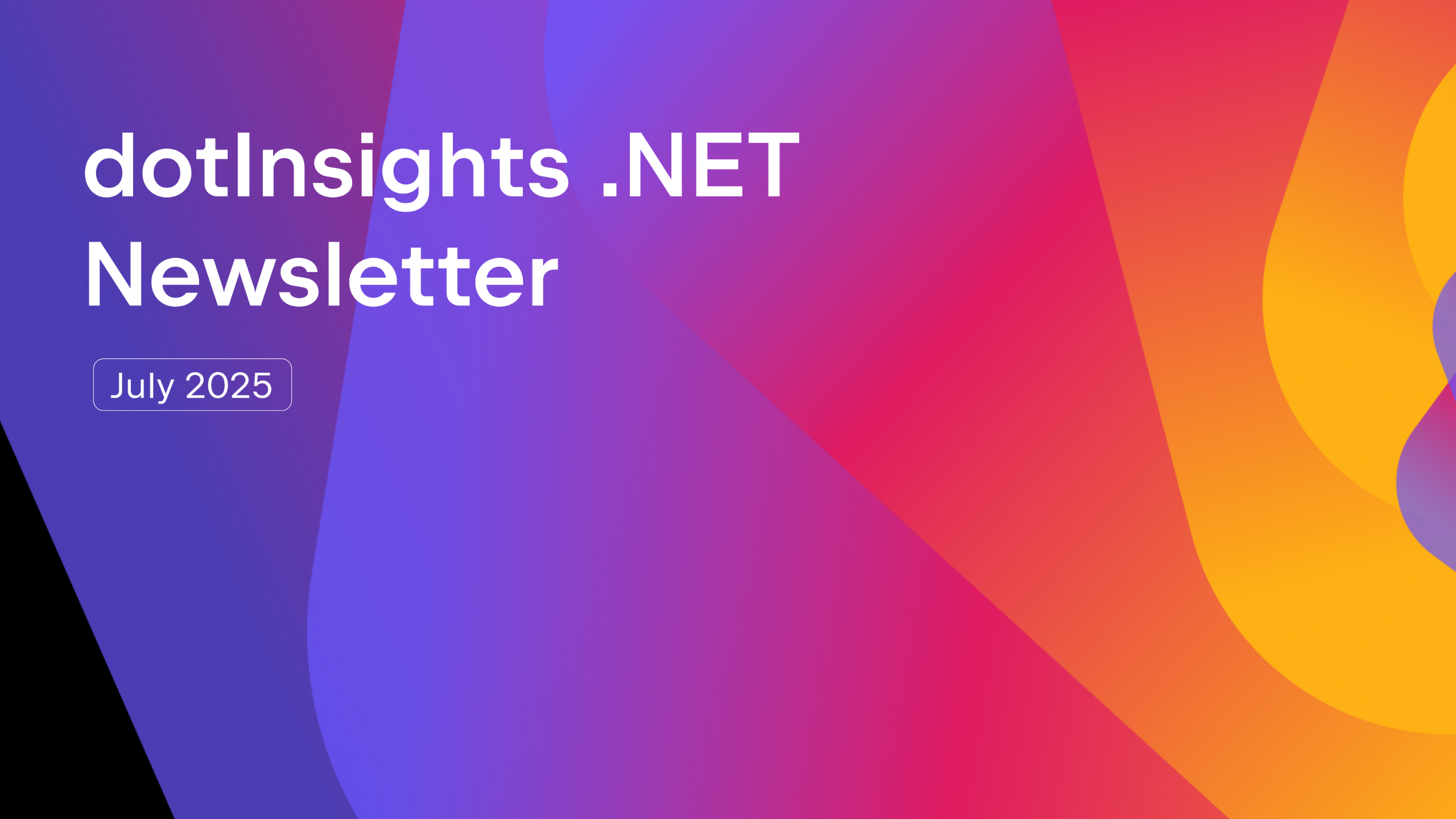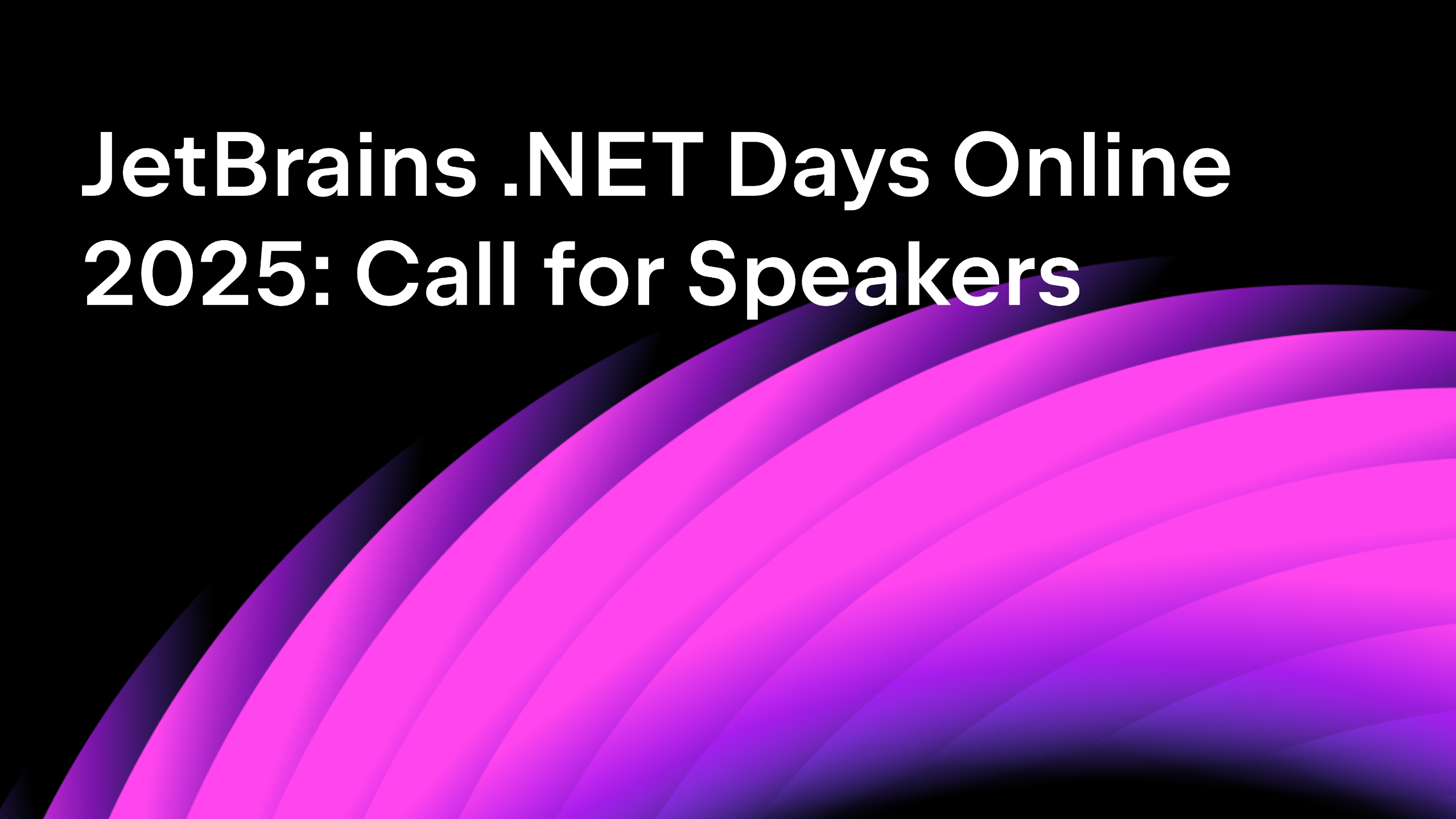.NET Tools
Essential productivity kit for .NET and game developers
Rider 2022.2 Roadmap
We’ve released Rider 2022.1 a while ago, and with that we’d like to share our roadmap for Rider 2022.2. With our Early Access Program (EAP), you can try out these features as they are developed. The EAP is not there yet, but it will be soon. Check our blog regularly or subscribe for updates.
For some releases we work primarily on a major feature, on others we release many bug fixes, and for this release, it’s a bit of everything. We’re squashing bugs, improving the UX, and moving along with the pace of .NET’s releases.
Keep in mind that plans are always subject to change, and some changes may be bumped to a later release. Also remember to check out our ReSharper 2022.2 roadmap, as some of those features will come to Rider as well!
What’s planned for the IDE
New defaults for per-project settings
There are hundreds of customizations to be made to Rider. But having to set some of them for each project can be cumbersome. That’s why we’re making it so that the settings and tool windows will be saved the way you configure them for all projects, not just the current project.
Main toolbar changes
You’ll notice some toolbar changes, specifically making the Run widget resizable. Every Rider user relies on Solution Configurations for Run, Debug, and other environments. However, based on feedback, folks want configurations that are readily available but not always as a grand display at the front and center. So we’re changing the Solution Configuration visibility on the main toolbar by default. As always, this is customizable and you may also simply display the switcher on the main toolbar persistently.
Add support for MAUI run configurations
For those who do cross platform development, you’ll have easy to use Run Configurations to deploy applications to the target platform including Android, iOS and Mac Catalyst. As part of our support for MAUI, we’re introducing MAUI Run Configurations. These will include settings for the aforementioned platforms. Instead of having a specific TargetFramework like many .NET apps, now projects can have all targeted platforms defined for the project.
New Toolbars for Xamarin and Unity
Xamarin developers will see some changes to the UI, specifically around Run Configurations for solutions, projects, and devices. The UI will be updated to better match the workflow for debugging and running Xamarin apps and those apps that may need to be tested on devices.
We’re also adding an entire toolbar for Unity game dev. We’ll be providing Run Configurations, actions and other toolbar commands just for Unity.
What’s planned for the editor
Reformat JavaScript in Razor Views
Sometimes, there are bugs. We’re fixing the Reformat Code (Ctrl+Alt+L) and Format Selection bugs found in JavaScript Code in Razor Views.
Other
Migration to .NET Core on Windows
For this release, we’re working on upgrading our IDE backend to .NET Core on Windows. This will improve startup speed thanks to the new AOT compilation (composition-crossgen), and speed up backend operations while Rider is running.
Remote development
Rider 2022.1 introduced a preview of remote development support. We’re working on a more polished experience for the 2022.2 release.
Windows Subsystem for Linux
Here’s one for all you Linux (on Windows) fans! You’ll be happy to learn that because the WSL (Windows Subsystem for Linux) is gaining popularity we are implementing support for it, specifically via Remote Development.
What’s Next
We’ll continue to make bug-fixes, quality-of-life improvements, and to enhance the UX in each release to offer the best experience possible with current features.
Keep an eye out for the EAP and subscribe to our blog or newsletter for updates. build and help us as we invest in the future of Rider and .NET development.
Subscribe to a monthly digest curated from the .NET Tools blog:










